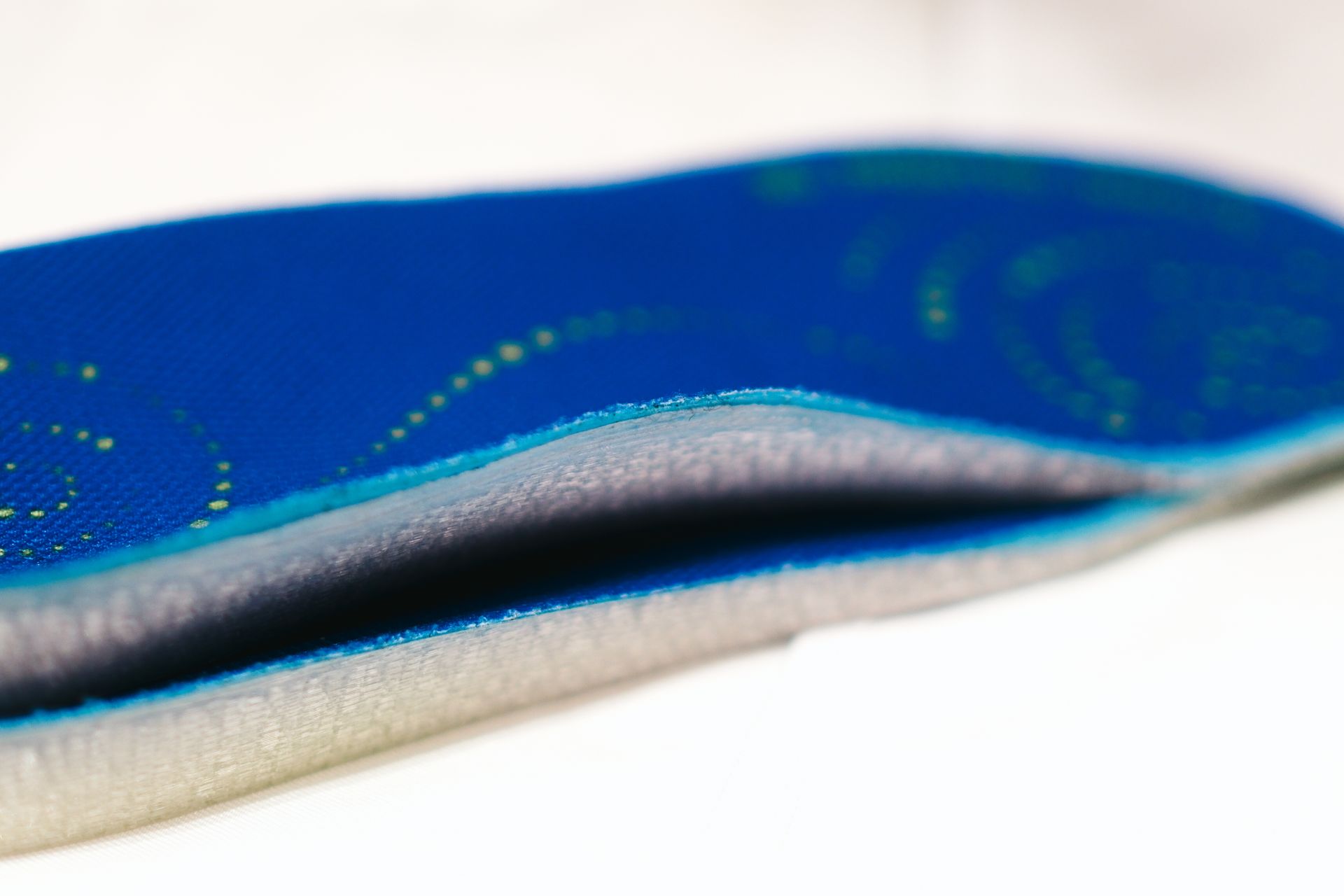How SoleFit’s Insoles Help Flat Feet: The Science of Support
Flat Feet? What are they?

Flat feet, also known as fallen arches, occur when the arches of the feet have little to no curve, causing the entire sole to make contact with the ground. While some people with flat feet experience no discomfort, others may face a variety of challenges, including pain, fatigue, and poor posture. For individuals with flat feet, SoleFit’s custom-made, 3D-printed insoles offer a unique, science-backed solution to alleviate pain, improve mobility, and prevent long-term complications.
Understanding Flat Feet and Its Challenges
Flat feet can lead to several problems, largely due to incorrect pressure distribution and biomechanical inefficiencies. When the foot lacks an arch, the body’s weight is unevenly distributed across the sole, leading to excessive strain on certain parts of the foot and lower body. Key issues include:
Foot Pain and Fatigue
Without proper arch support, the muscles and ligaments in the feet are overworked, leading to chronic fatigue and pain, especially after prolonged standing or walking.
This can also cause plantar fasciitis, a common condition where the tissue connecting the heel to the toes becomes inflamed.
Knee, Hip, and Back Problems
Flat feet can alter the alignment of the legs, causing the knees to collapse inward (knee valgus) and increasing stress on the hips and lower back.
Incorrect Pressure Distribution
Studies show that flat-footed individuals experience high-pressure areas in the midfoot region, leading to discomfort and an increased risk of calluses and ulcers (Chen et al., 2013).
Increased Risk of Injury
Poor biomechanics in flat feet can lead to injuries such as shin splints, tendinitis, and even stress fractures due to improper weight distribution during physical activity (Kulthanan et al., 2008).

The SoleFit Advantage: Custom Insoles for Flat Feet
At SoleFit, we understand that no two feet are the same—especially for individuals with flat feet. That’s why we’ve developed custom-made, 3D-printed insoles designed to address the unique challenges of flat feet. Here’s how SoleFit’s insoles stand out:
1. Precision and Personalization
Using SoleFit’s non-weight-bearing 3D scanning technology, we capture the natural shape and contours of your feet without distortion caused by weight. This ensures a perfect fit, tailored specifically to your foot profile.
Unlike off-the-shelf insoles, which are mass-produced with generalized arch support, our custom insoles are designed to align with the exact structure of your feet.
2. Optimal Pressure Distribution
SoleFit’s insoles redistribute pressure across the foot, reducing strain on the midfoot and relieving pain in high-pressure areas.
Proper arch support ensures that weight is evenly distributed, protecting joints and preventing further misalignment.
3. Enhanced Comfort and Durability
Made with 3D-printed advanced materials, SoleFit insoles provide superior cushioning and support compared to traditional foam or gel-based insoles.
The lightweight and durable material ensures long-lasting comfort, even for daily use.
4. Prevention of Long-Term Complications
By correcting foot alignment and improving biomechanics, SoleFit insoles help prevent secondary issues such as plantar fasciitis, knee pain, and lower back discomfort.
For individuals with pre-existing conditions or high activity levels, our insoles act as a preventative solution to minimize the risk of injuries.
5. Backed by Science and Innovation
SoleFit’s insoles are developed using cutting-edge technology and informed by biomechanical research. The personalized design ensures that each user benefits from precise support, tailored to their specific needs.

Why 3D-Printed Insoles Have an Edge Over Standard Insoles
1. Superior Accuracy
3D-printed insoles are created based on detailed foot scans, ensuring unmatched precision. This is particularly important for flat feet, where generic insoles often fail to provide adequate support.
2. Customization for Every Foot
Unlike off-the-shelf insoles, which come in limited shapes and sizes, 3D-printed insoles are designed to match the unique contours of each individual’s feet.
3. Advanced Materials for Better Performance
3D printing allows for the use of lightweight, durable, and flexible materials, providing superior comfort and longevity compared to traditional insoles.
4. Eco-Friendly Manufacturing
The 3D printing process reduces waste by using only the material needed to create each insole, making it a more sustainable option.
5. Proven Results
Studies have shown that custom-made insoles significantly improve pain and function in individuals with flat feet compared to standard insoles (Hawke et al., 2008).
By combining the latest technology with a deep understanding of foot health, SoleFit is redefining how we care for flat feet—and helping you walk with confidence every step of the way.
Academic References
Chen, Y., Lou, T., & Wang, D. (2013). The influence of flatfoot on plantar pressure during walking. Journal of Foot and Ankle Research, 6(1), 34.
Kulthanan, T., Techakampuch, S., & Boonthanapat, S. (2008). Flatfoot and related factors in Thai school children. Journal of the Medical Association of Thailand, 91(11), 1685–1690.
Hawke, F., Burns, J., Radford, J. A., & du Toit, V. (2008). Custom-made foot orthoses for the treatment of foot pain. Cochrane Database of Systematic Reviews, 3, CD006801.
